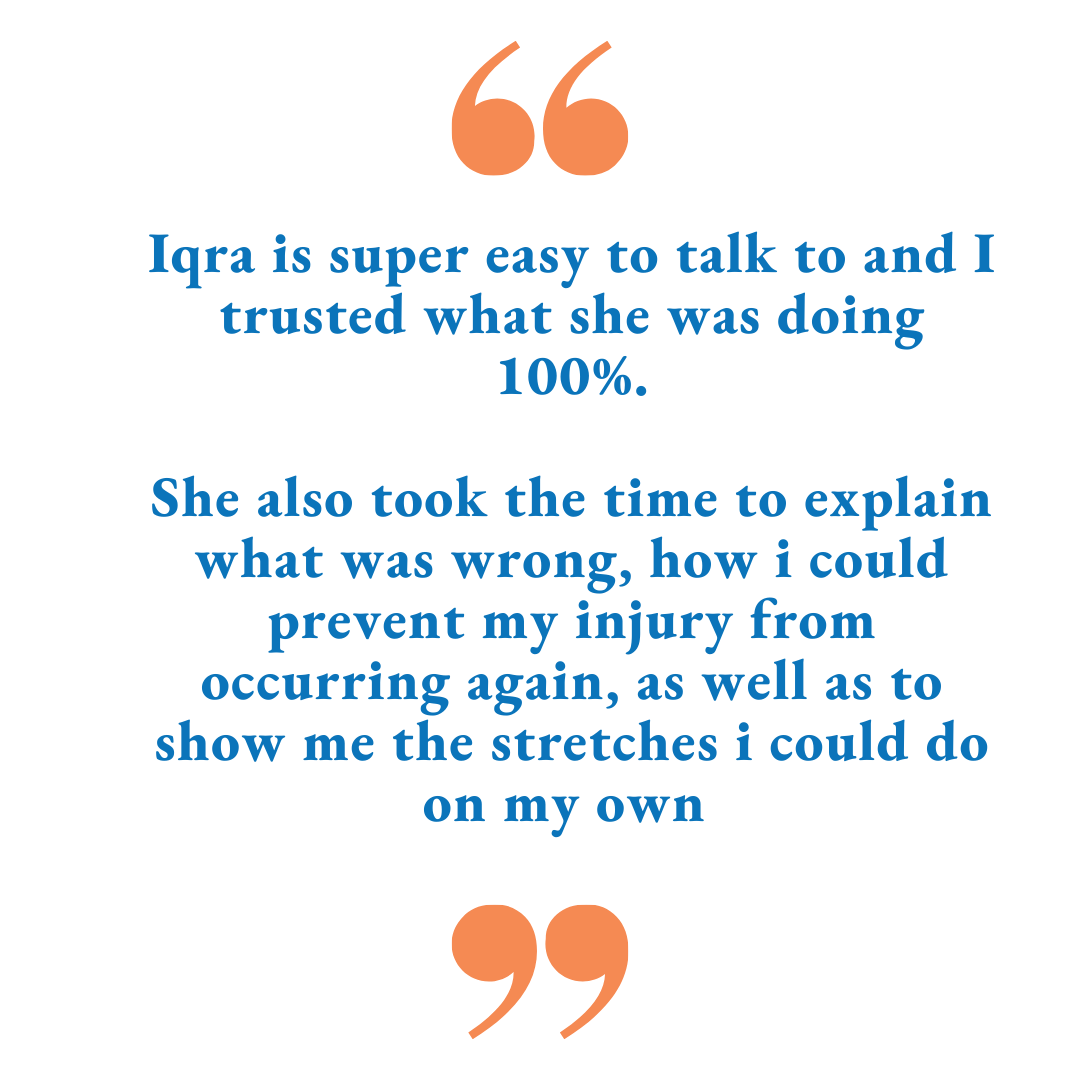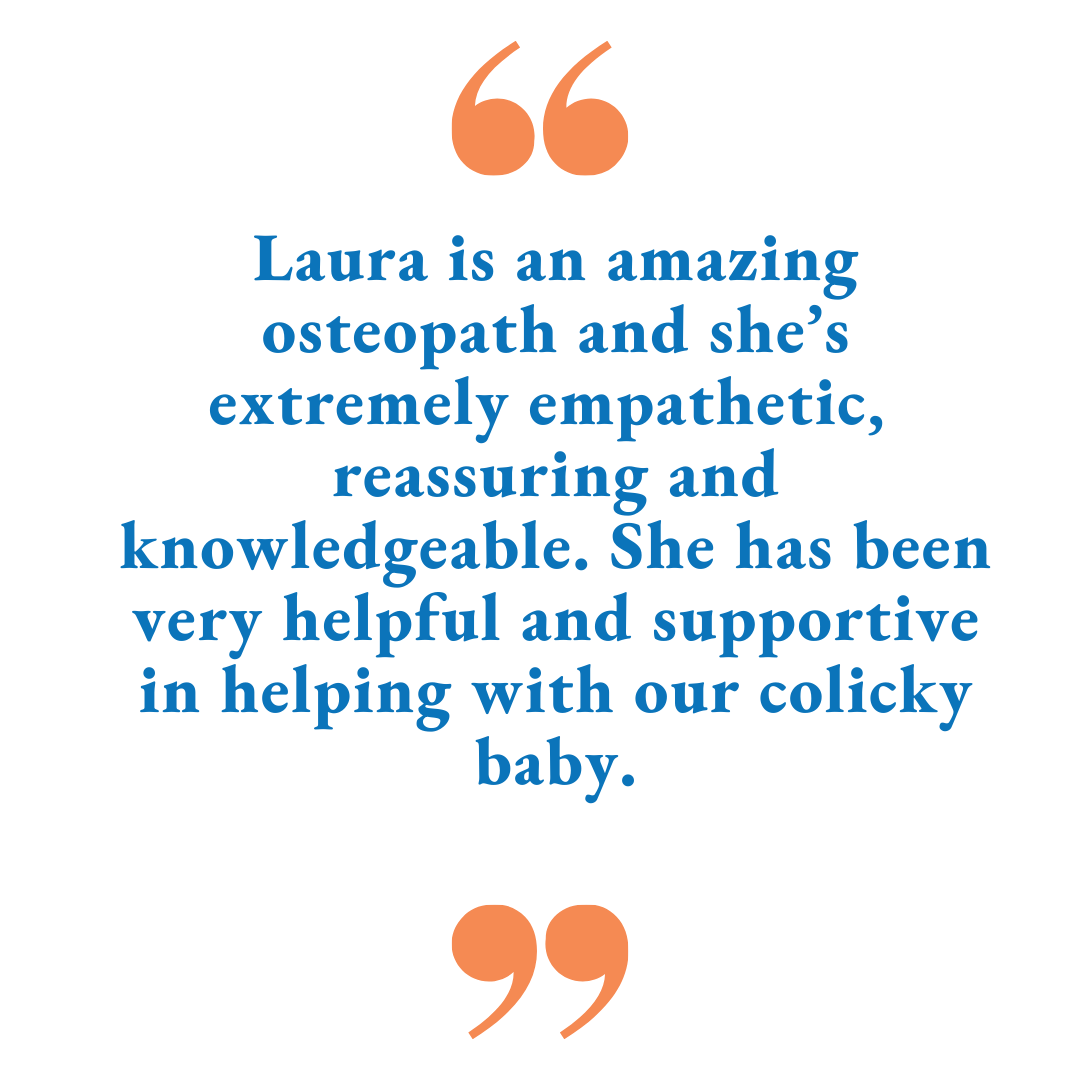Cause And Treatment For Ankle Pain
In this article we discuss:
- Causes and Common Type of Ankle Pain
- Treatment - How can I relieve ankle pain?
What Is Ankle Pain?
The ankle joint connects the lower leg to the foot and consists of three bones, the tibia and fibula of the leg and the talus of the foot. The ligaments that connect these bones are strong but can be damaged when overstrained. In addition, the tendons that act over the ankle can become inflamed either from acute strain or repeated stress. This may cause inflammation and swell in the area around the ankle joint. If this condition becomes severe enough it may cause your ankle to swell up so much you cannot put weight on it at all.
Ankle pain and ankle injuries are very common, particularly in sportsmen, however, anyone can injure their ankle. Ankle pain after running or twisting actions during sport or trauma (tripping/twisting) are the most common occurrences.
Causes and Common Type of Ankle Pain
-
Ankle sprain
A sprained ankle is a common injury that affects the ligaments in your, causing swelling and bruising around the joint. The most commonly injured part of an ankle is the lateral side (outer side). This type of sprain usually occurs when someone falls, trips, or lands awkwardly e.g. after jumping, stepping off a curb or down a step. It may also occur if you twist your ankle while walking or running. Spraining your ankle once can lead to future sprains occurring more frequently as the ligaments that stabilise the joint are compromised. These ligaments also provide important feedback to your brain regarding the position of the joint (proprioception) and this feedback may also be effected post injury leading to reduced awareness of the joint position and relative instability.
-
Osteoarthritis
As we age, our cartilage wears down. This makes us more susceptible to injury and joint pain. Osteoarthritis is a common condition in the elderly and it occurs when one part of the bone rubs against another due to cartilage disintegration. The result? Joint inflammation and pain. There are many ways to manage osteoarthritis without surgery. For example, exercises to strengthen the muscles around the affected area and increase proprioception can be very effective.
-
Gout
You're more prone to gout if you drink alcohol regularly. Gout occurs when uric acid builds up in your bloodstream. The result? Joints become inflamed. Since our ankle is a joint, gout can also cause ankle pain, however, gout is most likely to effect the big toe when you first experience an episode To reduce the risk of future episodes, try cutting down on red meat, drinking plenty of water, eating lots of fruits and vegetables, and getting enough sleep.
-
Flat Feet
Flat feet refers to a lack of an 'arch' in the foot and are usually hereditary, it is also common that the feet flatten during pregnancy. This can affect the shock absorbency in our feet as well as the alignment of our ankles and knees. When our joints are misaligned an overcompensation injury or pain can occur. *It is important to realise that having flat feet does not necessarily mean you will have ankle or foot pain and it is a very common finding in pain free populations.
-
Ankle Fracture or Stress fractures
An ankle fracture is an acute injury caused by twisting or turning the joint inwards or outwards. An X-ray shows up any broken pieces. Treatment often requires immobilisation and surgery is sometimes needed to repair the fracture. Exercises can be prescribed post injury to strengthen muscles and improve balance (proprioception) to reduce the risk of a further ankle injury. Wearing protective devices like splints, casts or an ankle brace is also sometimes necessary.
A stress fracture often occurs over time when the joint experiences long-term stress and strain. A period of rest from impact type activities is often required for a full recovery.
-
Achilles Tendinitis
Tendonitis/Bursitis
The tendons connect muscles to bones, tendonitis occurs when these become inflamed. Bursae are small sacs filled with lubricating fluids. The bursa acts to reduce friction between bones and tendons.
These conditions involve inflammation of tendons and bursae. Tendonitis occurs when tendons become inflamed. Bursitis develops when fluid builds up inside a bursa. Both tendonitis and bursitis can occur in any part of your body, but they're most commonly found around your knee, elbow, shoulder, wrist, hand, hip, and lower leg or ankle.
-
Achilles Tendinosis
This is caused when tendons break down due to overuse. Tendinitis may progress into tendinosis if untreated.
-
Chronic Lateral Ankle Pain
This is usually due to previously injured, weak ligaments (after spraining an ankle) that did not heal properly or reduced proprioception of the ankle and causes the entire joint to be functionally less stable.
-
Osteochondral Lesions of the Talus (OLT)
Repetitive trauma or micro trauma, usually to the top of the talus (between the talus and the tibia) may lead to cartilage damage of the bone and possible formation of small bone spurs. This is an injury that sports people may experience, especially those who play football. If you notice a catch or a 'locking' sensation in your ankle joint you might be dealing with an OLT. It is important to have this assessed and diagnosed to reduce the risk of further damage over time.
-
Tendon Rupture
The Achilles is the biggest tendon in the body. It connects your calf muscle to your ankle joint and allows the ankle to plantarflex (point the foot). When this tendon ruptures or tears completely it hinders the movement of the lower leg, as the attachment point of the calf is no longer there. This will usually require immediate attention and surgical intervention to reattach the tendon.
-
Tight Calf Muscles
Stretching calf muscles after exercise is important to keep the ankle joint mobile. When muscles are tight it decreases the range of motion and can cause pain.
Treatment - How can I relieve ankle pain?
Determining the cause of ankle injuries before treating ankle pain is vital as each cause or condition has its specific treatment.
Medical advice should therefore be a top priority.
Nonsurgical treatment - What can I do at home for ankle pain?
- Wear proper footwear and flat arch-supporting shoes
- Apply ice packs when necessary to reduce pain surrounding the joint
- Rest and try to alleviate pressure on the ankle by minimising walking or physical activity
- Compression on the injured part can sometimes help to reduce pain too
- Pain medications such as anti-inflammatory medications can also be taken under the advice of a medical professional.
When to see an osteopath?
Seeing an osteopath and getting medical attention sooner than later should be your first point of call. Osteopaths can help for most ankle conditions through physical manipulation treatments as well as strengthening exercises for rehabilitation of the muscles, ligaments, and soft tissue which helps to protect the integrity and structure of the ankle.
Your osteopath will be able to advise you if you may need further investigations, such as Magnetic Resonance Imaging (MRI) to fully diagnose the injury and how to guide effective treatment. In extreme cases, surgery may be required depending on the severity of the injury.
Pain of any sort should never be ignored. Remember pain is your body telling you something is wrong and therefore if it persists, professional advice should be given. If pain is left untreated it could result in the injury becoming chronic or cause a compensatory injury in another part of the body. A proper treatment plan, therefore, must be adhered to.
Nobody should suffer from pain and living pain-free as possible!
Contact us today at The Osteopathic Clinic to see how we can help you!
Recommended Reads
- Deep Tissue Therapy
- What is Osteopathy?
- Common Running Injuries and How To Prevent Them
- Running Tips – Forefoot Running
- Preventing Ankle Sprain Through Improved Proprioception
See more articles on our Instagram page here
https://www.instagram.com/the.osteo.sg
What Patients Say About Us!




